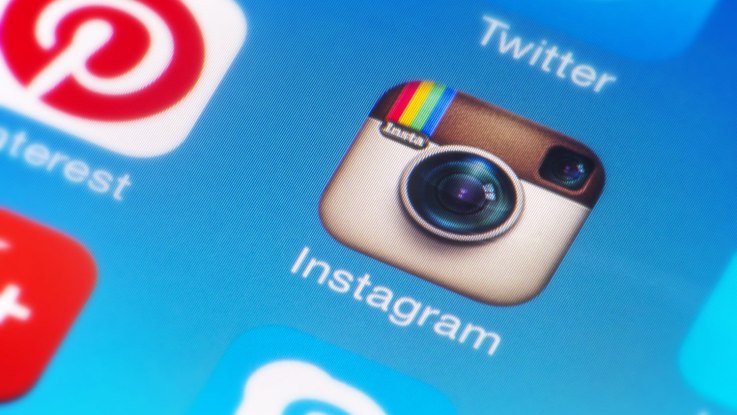
A feature Instagram users have wanted for some time – support for switching between multiple accounts directly in the app – is now being tested, according to a new report out this morning. Select members in Instagram’s official beta testing group for Androidhave spotted the option in Instagram’s settings in their beta build of the mobile application. The feature allows users to add or create additional accounts for use in Instagram that you can then switch between without first having to sign out of your current account.
News of the beta test was first discovered by the blog Android Police, which was pointed to the feature by way of a tipster who also provided screenshots of account switching in action.
Instagram declined to comment on the tests, when reached earlier this morning.
However, we have been able to duplicate this report independently.
To access the new option, beta testers can scroll down to the bottom to the bottom of the Settings page in Instagram, then look for the “Add Account” option just below “Clear Search History” and above “Log Out.”
From here, you’re able to enter in another set of Instagram credentials or set up a new account using either a username and password combination, or by authenticating with Facebook. After the account has been added, you can then switch between them using a new selector that appears at the top left of the screen on your user profile page. Instagram’s app also confirms when you’ve switched accounts by way of a green pop-up banner notification.
The option to switch between multiple accounts is something Instagram users have been demanding for some time. And the request doesn’t only come from those whose jobs require them to maintain different accounts, like social media managers, for example.
While obviously useful for those in the business world, account switching is a common activity among Instagram’s younger user base, as well. In fact, there’s even teenage slang related to this – “finstagram,” or “finsta” for short, stands for “fake Instagram account.”
This is a separate account teens maintain outside of their “real” Instagrams, which are far more polished. Ironically, the teens’ finstagrams actually portray a truer version of their lives. They are filled with the photos that only their close friends get to see – like unflattering pictures, screenshots of text messages, and other, more mundane images that don’t make the cut for their real Instagrams that are shown to the world.
The rise of these secondary accounts came about because many teens felt their main Instagrams weren’t presenting an authentic images of their real lives. As is the case on a lot of social media services, users tend to present the best version of themselves in their posts, but that can also be limiting. Teens’ real Instagrams, sometimes called “rinstagrams” or “rinstas,” are filled with aesthetically pleasing photos, those that make them appear popular and successful, and are also safe to show to parents. Finstagrams include everything else.
It’s unclear at what point Instagram will finalize testing of the account switching option and then roll it out to the larger Instagram user base, or if such plans are even on its roadmap. The company may also consider trialing different means of offering this option before committing to a public release.
In the meantime, Instagram users interested in testing account switching for themselves can join the Instagram beta test group here, then install the updated version of Instagram on their supported Android device

Comments
Post a Comment